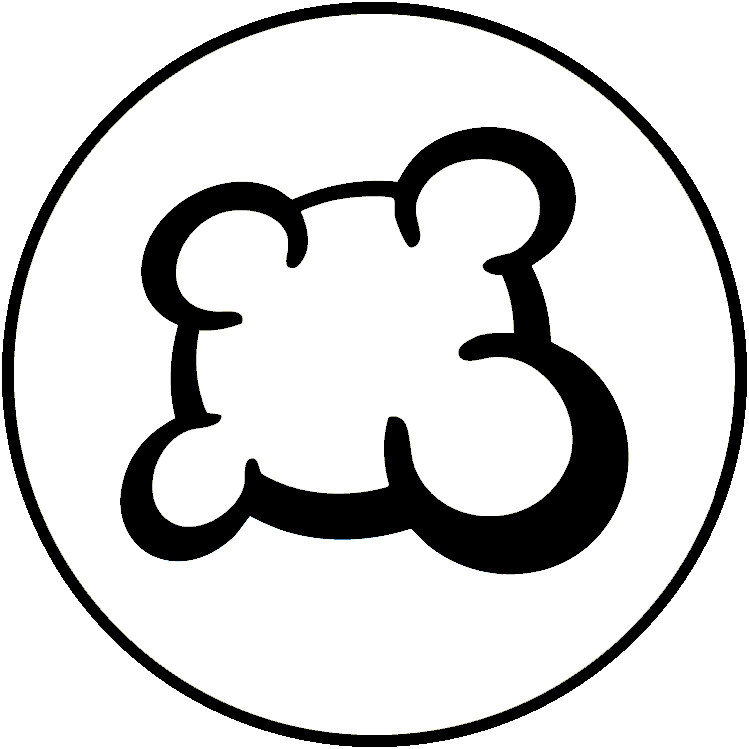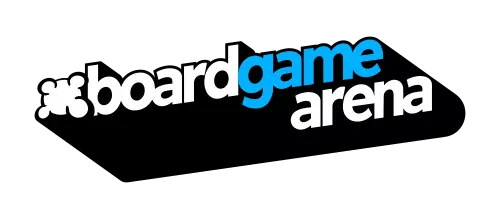Guiding Principles when choosing plays __
Consider the implications for the team.
This is a co-op game, so you don’t get points for having a high card count at the end when one of your teammates runs out of cards. Keep in mind the effect your plays will have on your teammates. Specifically ...
Keep good plays available on the board
Ideally, you want to have a set of rows to play into such that any number could be played into some row with a cost of 2 or less. This doesn't really happen, but it is a useful concept to strive for. For example, if the rightmost cards of two playable rows are 3 and 9, then the numbers from 1~5 and 7~11 are playable. In that situation, if you have the opportunity to start a new row, starting it with a number outside those ranges (a 6 or 12) is preferable to starting with a number inside those ranges (although 1, 5, 7, and 11 are also good candidates). There will inevitably be bottlenecks during play; don't fret too much about it, just do what you can to minimize them.
Keep an eye on your teammates
This is especially important when the number of cards remaining to each player is unbalanced. If you find that you have far more cards then your teammates, you may need to step up and make some more expensive plays in order to subsidize their plays--push yourself to make a wider variety of plays available on the board. Remember, if anyone on your team runs out of cards, its game over for the whole team.
Sometimes you can get useful information by watching your teammates' turns. E.g. if your teammate discards for several turns before playing, there is a good chance their cards are clustered so that, once they do play, they may be able to play a similar number on their next turn. So you might want to play to keep a play near that number available. Keeping on eye on teammate plays is more important with fewer players.
When playing bridges and playing next to bridges
Bridges can be particularly valuable for opening up the board for your teammates. But remember that they need to be covered eventually! The cost to cover a bridge is the greater of the two differences (between each anchor and the cover), so don’t play a right-hand anchor that’s too far from the left-hand anchor. A good rule of thumb is that the cost to cover a bridge is AT LEAST half of the difference between the two anchors (round up). Ideally, the right-hand anchor should be something that’s 0-2 away from the left-anchor, 3-4 is also usually OK, but it is pretty hard to justify 5+. Also, the cover can't be the same color as either anchor, so it is easier to cover the bridge if the anchors are the same color (when you can arrange it).
(advanced) There is a situational play mostly on the first line when per example you played lots of 9/8/7s to start the game, and someone played a red7 then a bridge, and you have two 1s or multiple lows, you can play a low red card like 1red, and fill the bridge later on with a 4 and 3 discards.
Another weird play mostly in the last 'column' after a bridge is to play a really bad card, that you will move up later on with a campfire.
Deciding Between Possible Plays
As a rule-of-thumb, a play costing 0-1 cards is good, 2 is OK, 3 is pushing it (but if you have a good reason...), and 4 is pretty outrageous. How do you pick the best play?
Teamwork is priority one
That's why I put that section first instead of this one. If any of your teammates can't make it to the finish line, you lose. So be mindful of what your moves may cost your teammates. At the beginning and near the end, there will naturally be fewer plays available, so moves that make more numbers playable are especially valuable! Making or keeping the board friendly to your team should always be on your mind--unless you are the one who may run out of cards before anyone else!
Make the cheapest plays possible
If you can play a matching number card, this is generally a good idea! Other zero-cost plays (bridges, anchors on bridges, & starting a new row) should be made with a bit more caution; keep in mind what your play implies for future plays. Especially when you play on the right-hand side of a bridge or the first tile of a new level, you want to consider how your play fits with the previous guiding principles, especially keeping good plays available on the board for your teammates. If you are the one who may run out of cards and cause your team to fail, then being a team player almost certainly means making the absolute cheapest play possible. If you have a choice between cheapest plays, go with the one that will help you (and your teammates) make future plays.
Low numbers on low levels
Ideally, low numbers get played on low levels and so on up the pyramid. But don't force it; there are 72 number tiles and 39 places for them in the structure--as many as half the numbered tiles won't be in the finished structure (if all three campfires are played)! So don't worry if you use all the 1s and 2s for discards. Also, generally, having a board with more playable numbers is more important than squeezing low values into the structure.
Discards
in general, you want to discard less useful cards over more useful ones. All else being equal, discarding low numbers is preferable to high ones and discarding 1s and 12s is preferable to numbers closer to the middle. But … what makes a useful card can be different depending on what the board looks like! So keep in mind which cards might become useful by the time your next turn rolls around.
Peaks
peaks can make good discards, but you’ll lose if all the peaks get discarded. To be absolutely safe, your team can adopt a strategy of only discarding a peak when you have a duplicate peak. If your team is 2-4 players, then each player can safely discard one peak before falling back to the only-when-holding-a-duplicate rule (with 2 players, each could safely discard 2 peaks).
Campfires
are particularly useful in the late game, when you’ve got lots of previously played cards to make use of. But you probably don’t want to discard 2 to hold a campfire for later if you have a good play you can make with it now.
Tile distribution
There are two tiles with each number in each of the three colors, for a total of 72 numbered tiles. Also 3 campfire tiles, 5 bridge tiles and 5 peak tiles. Looking over the played tiles can give you an idea of what may be left in the deck (except for other players' hands and discards, which you don't see). This can be helpful when opening a new row late in the game, trying to cover a particularly troublesome bridge, or deciding whether to use a campfire.

